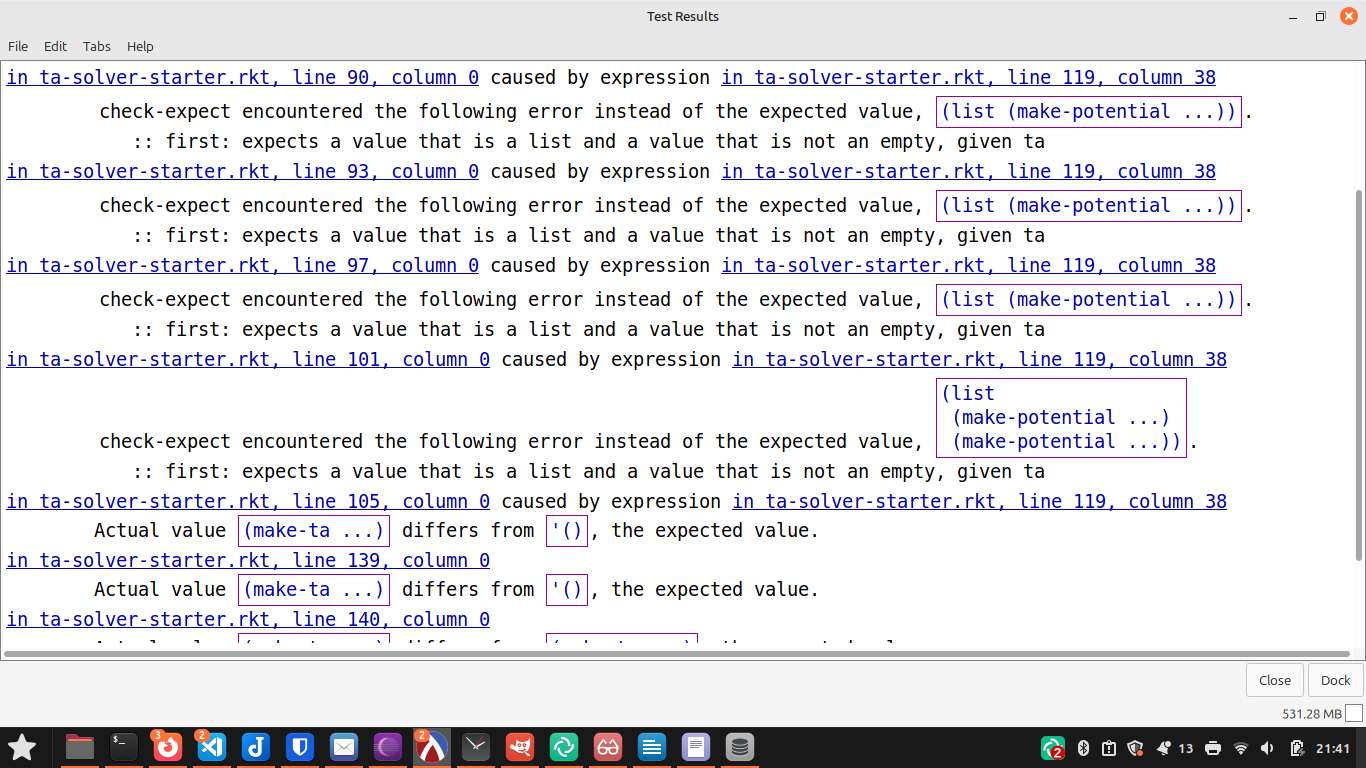Learn Programming
2021 readers
2 users here now
Posting Etiquette
-
Ask the main part of your question in the title. This should be concise but informative.
-
Provide everything up front. Don't make people fish for more details in the comments. Provide background information and examples.
-
Be present for follow up questions. Don't ask for help and run away. Stick around to answer questions and provide more details.
-
Ask about the problem you're trying to solve. Don't focus too much on debugging your exact solution, as you may be going down the wrong path. Include as much information as you can about what you ultimately are trying to achieve. See more on this here: https://xyproblem.info/
Icon base by Delapouite under CC BY 3.0 with modifications to add a gradient
founded 2 years ago
MODERATORS
1
2
3
4
5
6
7
8
9
10
11
12
4
How can I prevent JSON from being unmarshaled into a field of a struct in Go?
(self.learn_programming)
13
14
7
How could I allow users to schedule sending emails at a specific interval?
(self.learn_programming)
15
16
22
How to Plan and Build a Programming Project - A Legitimate Guide for Beginners
(www.peterlunch.com)
17
18
19
20
21
22
23
24
25
view more: next ›

